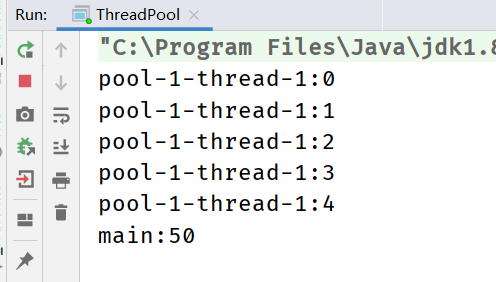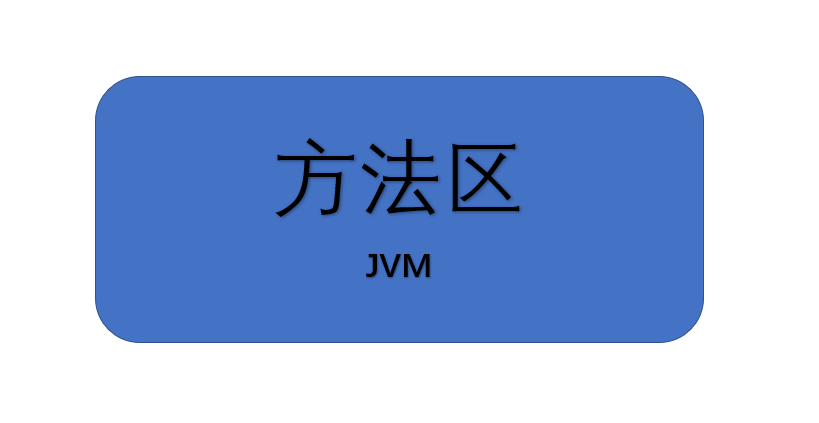多线程基础
实现多线程的四种方式
- 继承Thread类
- 实现Runnable接口
- 实现Callable接口
- 使用线程池
常用方法
run(),start(),currentThread(),getName(),
yield()(放弃cpu的当前执行权),
wait(),notify()/notifyAll(),join()
sleep(),isAlive(),stop()(已过时)
优先级
MAX_PRIORITY:10(Thread.MAX_PRIORITY)
MIN_PRIORITY:1
NORM_PRIORITY:5
线程的同步(线程的安全问题)
- 操作共享数据的代码,即为被同步的代码。
- 共享数据:多个线程抢夺的资源
- 同步监视器,俗称:锁。
Callable接口
实现类实现Callable接口
将实现类作为参数创建FutureTask
将FutureTask对象作为参数创建Thread并启动线程
代码:
1
2
3
4
5
6
7
8
9
10
11
12
13
14
15
16
17
18
19
20
21
22
23
24
25
26
27
28
29
30
31
32
33
34
35import java.util.concurrent.Callable;
import java.util.concurrent.ExecutionException;
import java.util.concurrent.FutureTask;
public class CallableTest {
public static void main(String[] args) {
NumSum ns = new NumSum();
FutureTask f = new FutureTask(ns);
new Thread(f).start();
Object object;
try {
object = f.get();
System.out.println(object);
} catch (InterruptedException e) {
e.printStackTrace();
} catch (ExecutionException e) {
e.printStackTrace();
}
}
}
class NumSum implements Callable{
int sum = 0;
public Object call() throws Exception {
for(int i = 0 ; i<50 ; i++) {
sum++;
}
return sum;
}
}结果:

线程池
JDK5.0提供线程池相关API:ExecutorService(接口)和Excutors(工具类)
常用方法:
Executors.newFixedThreadPool(int i)创建固定数量的线程池。
excute()执行,无返回值
submit()执行,可以有返回值
shutdown()关闭线程池
代码:
1
2
3
4
5
6
7
8
9
10
11
12
13
14
15
16
17
18
19
20
21
22
23
24
25
26
27
28
29
30
31
32
33
34
35
36
37
38
39
40
41
42
43
44
45
46import java.util.concurrent.Callable;
import java.util.concurrent.ExecutionException;
import java.util.concurrent.ExecutorService;
import java.util.concurrent.Executors;
import java.util.concurrent.Future;
import java.util.concurrent.FutureTask;
public class ThreadPool {
public static void main(String[] args) {
MyTest myTest = new MyTest();
ExecutorService pool = Executors.newFixedThreadPool(10);
pool.execute(new MyThread());
Future submit = pool.submit(myTest);
Object object;
try {
object = submit.get();
System.out.println(object);
} catch (InterruptedException e) {
e.printStackTrace();
} catch (ExecutionException e) {
e.printStackTrace();
}
//关闭连接池
pool.isShutdown();
}
}
class MyTest implements Callable{
int m = 0;
public Object call() throws Exception {
for (int i = 0; i < 50; i++) {
m++;
}
return m;
}
}
class MyThread implements Runnable{
public void run() {
for (int i = 0; i < 5; i++) {
System.out.println(i);
}
}
}结果:

设置线程池属性
corePoolSize:核心池大小
maximumPoolSize:最大线程数
keepAliveTime:无任务终止时间数







